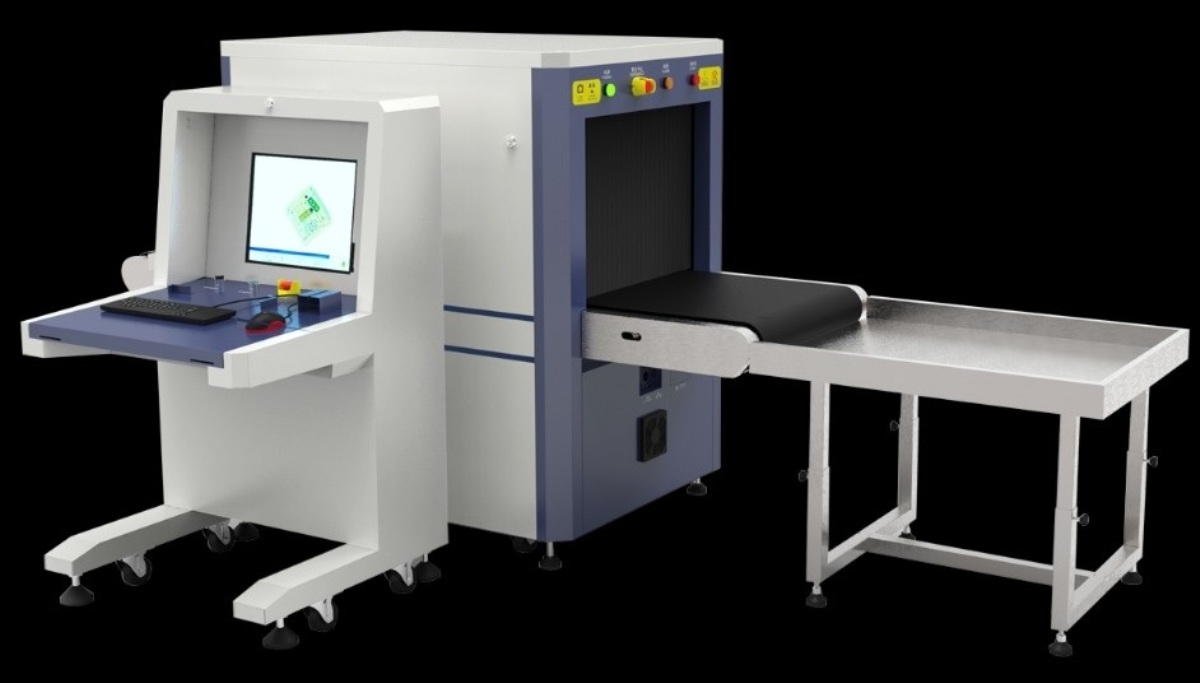
The global market for rheumatoid arthritis treatments is expected to grow at a CAGR of...
Learn More
Our consulting solutions address company specific challenges with respect to micro environment...
Learn More
Organizations frequently need day-today research guidancein order to gain strategic...
Learn More
Exploring different areas of market research and market analysis is a key factor...
Learn MoreAcute Market Reports presents the most extensive global business research services across industries. Our research studies focus on potential outcomes, benefits, and risks associated with each market segment across geographies. Having served our global clients for more than 10 years, our prime priority is to enable our clients in making well-informed business decisions through a data-driven, analytical, and uncomplicated research approach.
We provide access to the world's most comprehensive, analytical, and updated business intelligence services and solutions.




The narcotics scanner market plays a crucial role in enhancing security measures and combating illicit drug trafficking across various sectors. The narcotics scanner market is expected to grow at a CAGR of 6.1% during the forecast period of 2025 to 2...
Read More
The plastic processing machinery market encompasses the expansive industry involved in the production, sale, and enhancement of machinery that transforms raw plastic materials into an array of finished or semi-finished products. The year 2025 was par...
Read More
The sodium gluconate market is expected to experience a CAGR of 3.8% during the forecast period of 2025 to 2033, driven by its wide range of applications and favorable properties. Sodium gluconate, also known as D-gluconic acid sodium salt, is a whit...
Read More




